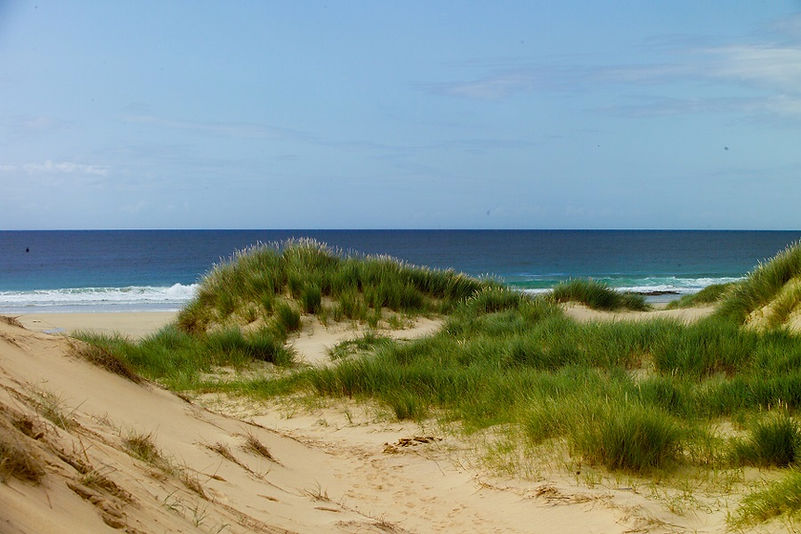
FracRisk Structure

WP1 Management
Carry out administrative management. Coordinate the scientific management of the project. Manage the collaboration and interaction with international partners and advisors, scientific industrial regulatory advisory board (SIRAB). Coordinate the dissemination plan.
WP2 Data Collection and Analysis
Identify and collect key baseline data for a number of sites in the EU and USA. Includes baseline carbon isotope data, stress field data, fluid composition data, seismic data, dynamic fracking data, water production data and experimental data. Provide hydro-geo-chemo-mechanical facies analysis of different sites, provide common data storage and access.
WP3 Features, Events and Processes
Characterise main geological features, define key events and level of understanding of main processes occurring during the exploration and exploitation of shale gas, produce a Features Events Processes (FEP) risk register. Use a source-pathway-target conceptual approach. Identify high uncertainty risks and carry out fundamental research in these areas to improve understanding and reduce uncertainty. Includes experimental and numerical investigation of high uncertainty FEPs with mathematical simulation of multiphase flow, reactive transport, geomechanics and microseismics, providing quantitative input to risk assessment.
WP4 Environmental Impact and Risk Assessment
Identify key events, develop multi-level environmental impact and risk assessment site screening tool. Rank key risk FEPs associated with lack of understanding or uncertainty identified in the FEP risk register. Develop an SG-RBCA (Shale Gas Risk Based Corrective Action) methodology, based on the general structure of the ASTM-RBCA with the necessary adaptations relevant to the shale gas activities. Implement the SG-RBCA into a user friendly graphical interface that could be used by operators and regulators. Demonstrate the use and usefulness of SG-RBCA to a number of sites in Europe where there is a potential for SG production.
WP5 Model Development and Modelling
Review standard industry modelling capabilities, develop scenario specific model capabilities, model scenarios including key processes and key events, validate with real data, identify optimal data density for cost effective uncertainty quantification and reduction. Develop new model concepts and codes for improved understanding of the thermo-hydro-mechanical- and chemical processes involved in hydraulic fracturing. Specific developments will concentrate on the actual fracturing, the related multiphase flow and transport processes of the released gas and water, and on the upscaling of these processes in a hydraulic fracturing environment. Use existing and the newly developed codes together with uncertainty assessment tools to model the six focused scenarios and to perform risk assessment.
WP6 Monitoring and Mitigation of Key Events
Provide optimal monitoring and mitigation strategies associated with key events (FEP’s) that can potentially arise from shale gas production and wastewater injection. Investigate the monitoring and mitigation possibilities and develops new concepts to increase the certainty around the FEP’s and reduce the impact of events. Providing technological enhancements for monitoring. Testing mitigation strategies based on the sealing potential of slurries. Formulating specific monitoring and mitigation strategies, using the focussed scenarios
WP7 Dissemination
Provide scientific recommendations for best practices, knowledge base and legislative review. Maintain and develop a knowledge data base to augment the EU member states regulatory practise, undertake a review of EU legislation and member states regulatory practices. Best practise guide. Disseminate data and scientific recommendations for wide range of stake holders. Undertake a dissemination programme to promote the project so that its findings reach a broad audience.




